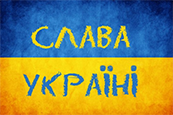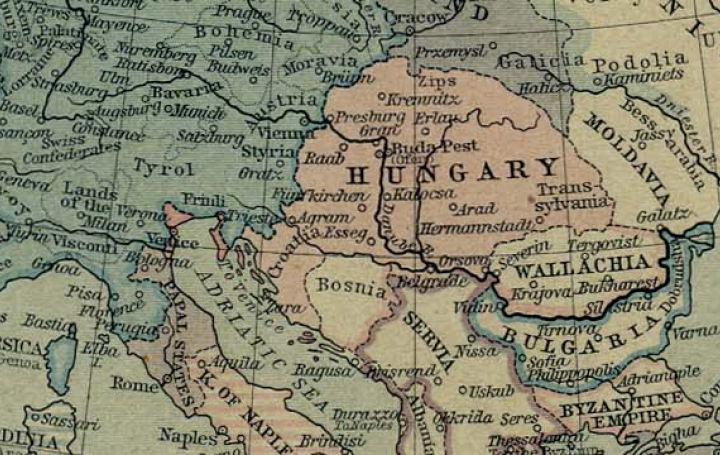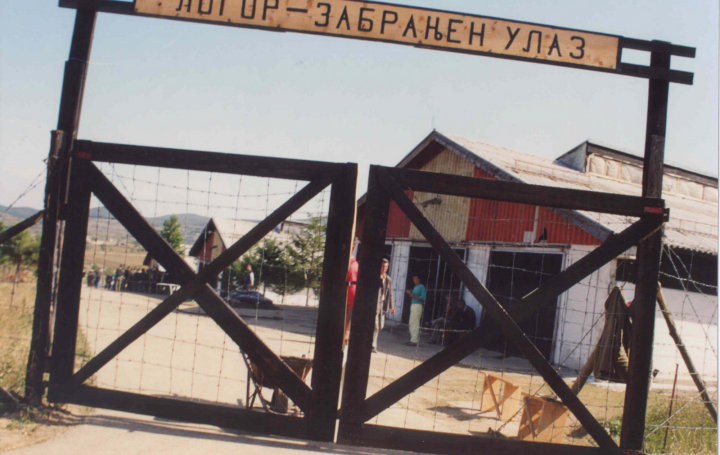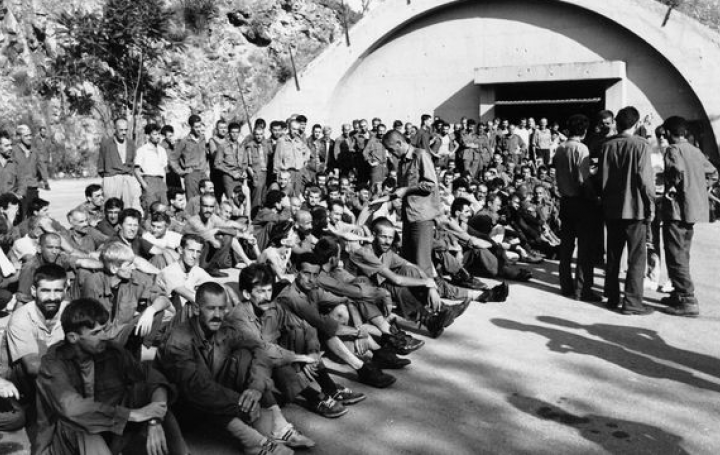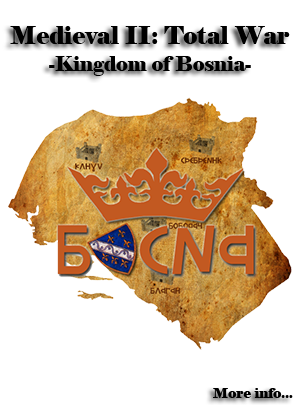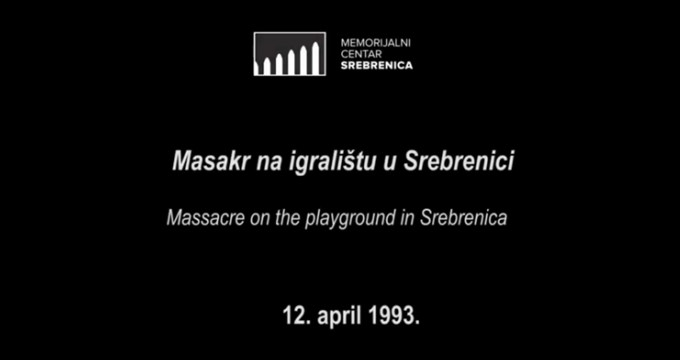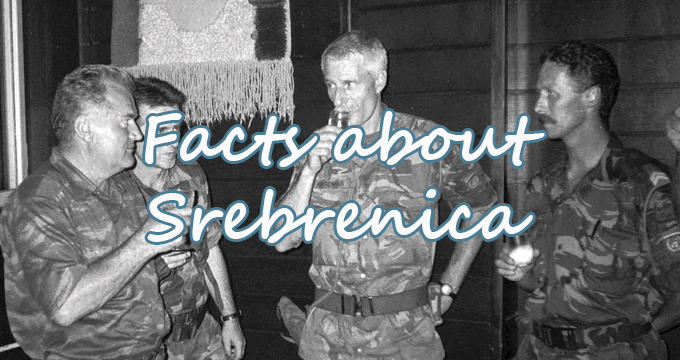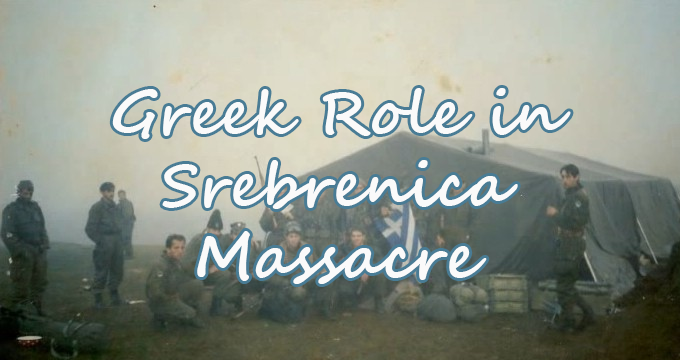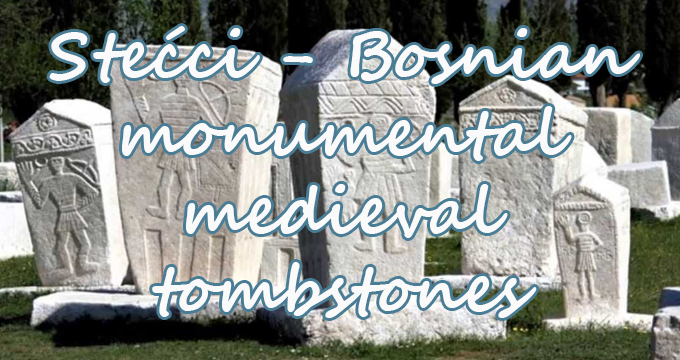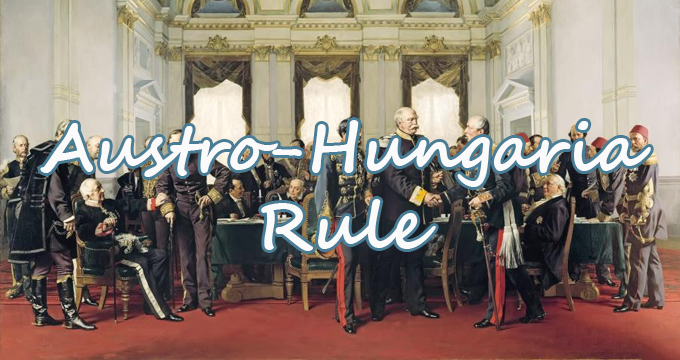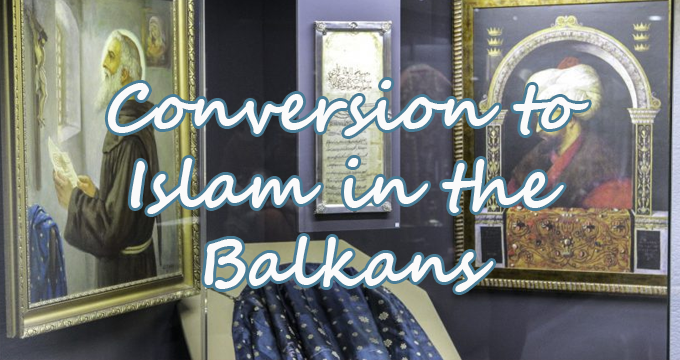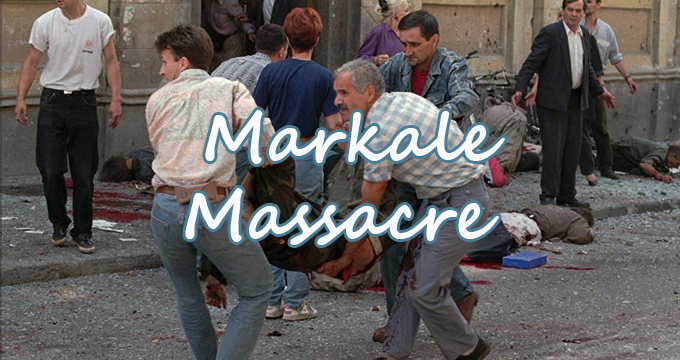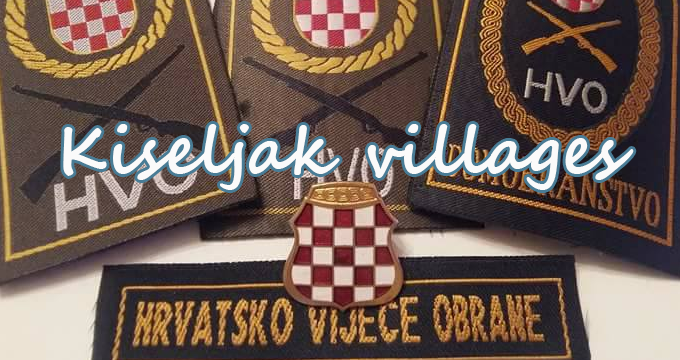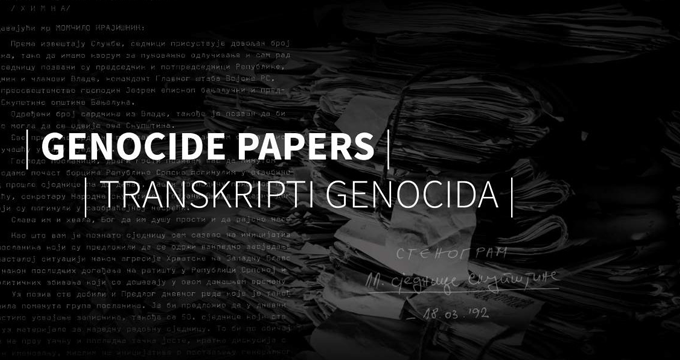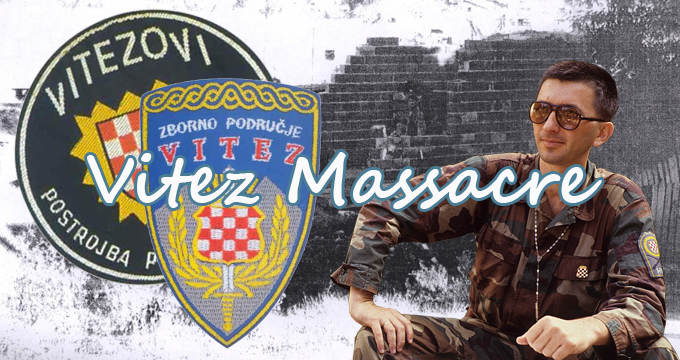In the early morning of April 16, 1993 at about 5:45 to 6:00 a.m. Bosniak areas of Vitez and Krušcica were attacked by Croat artillery, which increased during the morning and included mortar fire of various calibre. It was the first coordinated offensive in the area with attacks happening simultaneously up and down the valley. According to professional military opinion of a British colonel, the Army of Bosnia and Herzegovina had been taken by surprise. HVO soldiers in camouflage uniforms entered the streets of Vitez, arresting Bosniaks and killing them in their apartments. The prominent Bosniaks of the town were arrested. Anto Breljaš, a former member of the Vitezovi Unit, said that the Viteška Brigade of HVO and the Vitezovi attacked Stari Vitez but the Vitezovi did not take part in the Ahmici massacre as a unit, although one or two individuals may have done so. [32]
The two villages of Donja Večeriska and Gornja Večeriska near Vitez were attacked on April 16, 1993. On the night of April 15, 1993, most Croats left Donja Večeriska. Nonetheless, an attack was not expected by Bosniaks since the Croats had evacuated the village several times before. The shelling started at 5:30 a.m. with an anti-aircraft gun shooting from the factory nearby. Grenades were thrown into the houses and the residents and others were then arrested and beaten. The majority of Bosniak houses were burned. At least eight persons were killed in the attack and the village was destroyed by explosives and fire.[32]
In all, 172 Bosniaks in the Vitez municipality were killed and 5,000 expelled, (1,200 having been detained): 420 buildings were destroyed, together with three mosques, two Muslim seminaries and two schools.[32]
References:
1. a b c "ICTY: Kordic and Cerkez verdict - C. The April 1993 Conflagration in Vitez and the Lašva Valley - 4. The Attack on Vitez and Veceriska". [32]

